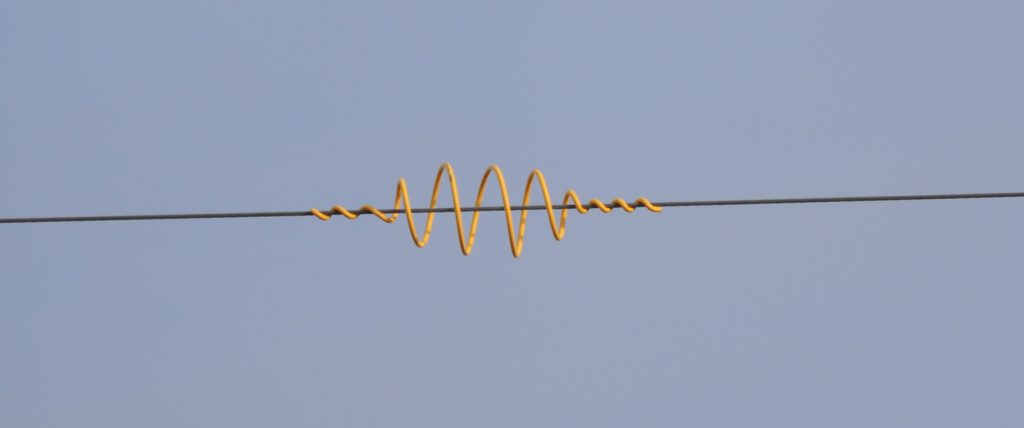Overview
Operating and maintaining a transmission system has the potential to affect wildlife, particularly avian (bird) species. Birds are affected by the transmission system through collisions, electrocutions and dangerous nesting.
At AltaLink, we recognize public concern about how birds interact with the transmission system. AltaLink stays up to date on current research, assesses potential risks with our existing and planned facilities, and utilizes mitigation approaches to minimize potential effects on birds.
AltaLink strives to be a leader in bird protection and is committed to improving performance. Our own biologists carry out field studies to determine potentially sensitive areas for birds and wildlife. Many of our facilities were built prior to the electricity utility industry having an understanding of these effects, and we are working to upgrade our system to minimize harm to birds and other wildlife.
AltaLink’s Avian Protection Plan (APP) is a management system designed to reduce the impact our transmission facilities can have on birds. AltaLink was the first Canadian utility to develop an APP.
Frequently Asked Questions
Avian collisions
Injury and mortality can result when birds collide with power lines. Collisions occur most often in areas where a transmission line intersects bird breeding and feeding areas, such as bodies of water or wetlands. Transmission lines are often difficult for birds to see and can sometimes appear invisible due to background or low light conditions. The risk is believed to be highest for waterfowl as they are not able to maneuver quickly around the lines.
Avian electrocutions
Birds such as hawks, eagles, owls, osprey and ravens commonly use utility structures and substations for perching, roosting, hunting and nesting. Electrical contacts typically occur on voltages less than 69 kV (69,000 volts) where separation between the wires is minimal.
A bird is at risk of electrocution on a structure if it contacts two energized components or an energized component and a grounded component. Birds are typically at risk on distribution poles where the electric and grounded components are closer together rather than on larger transmission structures where they are further apart. In substations, electrocutions typically occur in the low, 25 kV side where there are minimal clearances. Power outages are common when a bird is electrocuted in a substation.

Raptor nests
Bigger birds, particularly hawks and osprey, use transmission structures for building large stick nests. This can pose a risk if nest material contacts the electrical phase, which may damage the nest, bird, and power system.
AltaLink aims to accommodate bird nests whenever possible. If there is a nest in a dangerous location, AltaLink will try to relocate it to a safer place by working with Alberta Environment and Parks (AEP) or installing a nest platform. AltaLink is a proud sponsor of the Alberta Conservation Association’s Peregrine Falcon and Ferruginous Hawk Camera Project. Watch a live video of the birds at their nesting sites, providing a look into the daily lives of these birds of prey.



